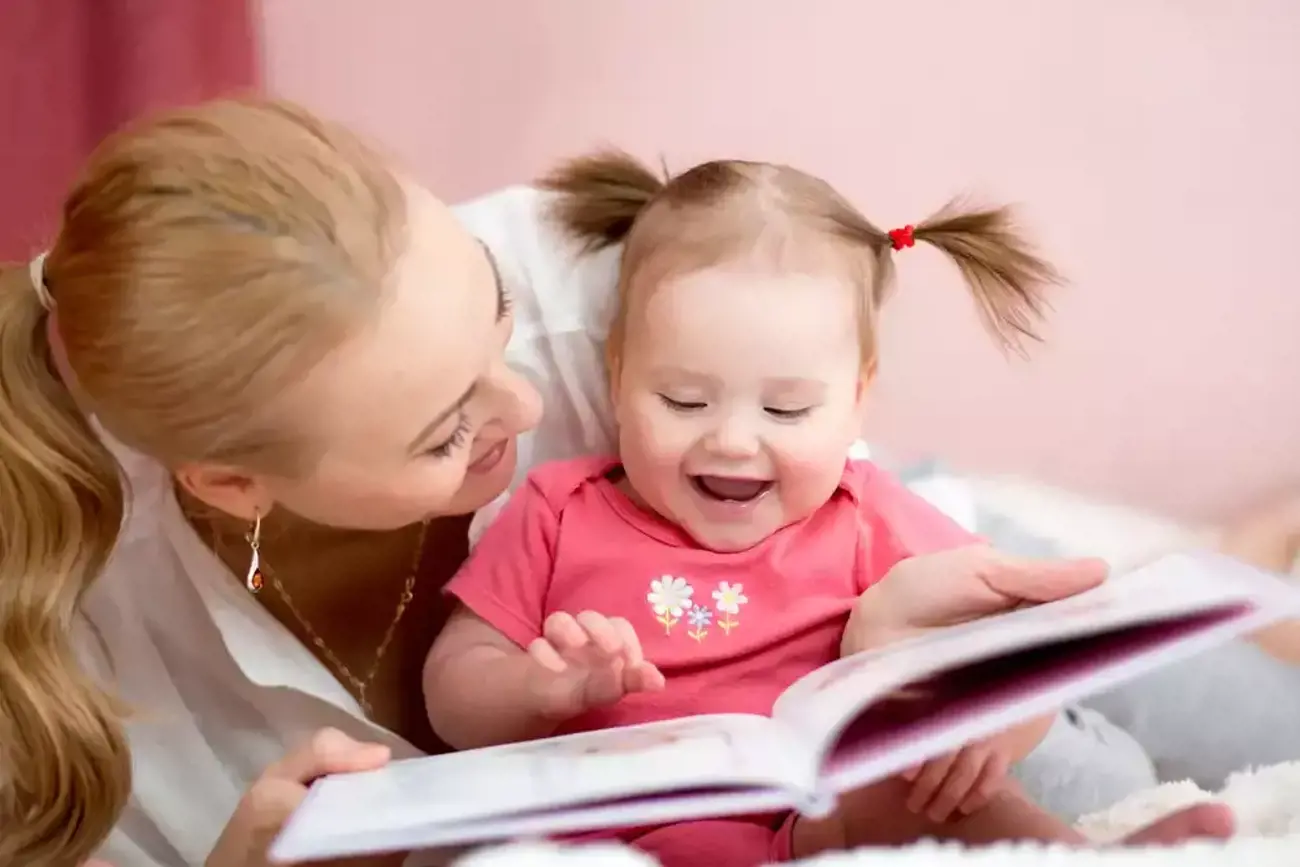When it comes to improving children's oral skills, it seems there is much to be gained from reading with your eyes and talking with your hands.
In fact, researchers from Pompeu Fabra University in Spain have found that the use of rhythmic gestures when storytelling immediately benefits children's narrative abilities.
Here we look at this study in more detail, and suggest some stories that will animate both you and your child.
What is the importance of 'gesture'?
Whether we're pointing at something or gesticulating wildly, gesture is a key way in which humans communicate. This kind of physical movement is especially important for children because it acts as a forerunner to, and predictor of, language and cognitive development.
To support this thinking, a previous study by Pompeu Fabra University found that rhythmic movements of the hands and arms in time with a story help youngsters to remember and understand the 'information of speech', even at an early age.
Their latest research further builds the link between gesture and the development of children's oral skills.
What did the new research involve?
The recent Spanish study involved 44 children aged five and six taking part in a pre-test, a training session and a post-test.
For the pre-test, children were asked to retell the story of an animated cartoon they had watched, which was animal-themed, but had no dialogue or narrative.
This was followed by a training session where each child was shown six, one-minute long stories by a primary school teacher. The two teachers involved, though, presented their stories in a different way. One teacher did not use rhythmic gestures (or 'beat gestures') to highlight keywords, and the other did.
After the training session, the children were asked to retell the story of the cartoon they'd watched earlier, and researchers found an immediate difference between the oral skills of those children who’d been shown rhythmic gestures and those who hadn't.
What does the study tell us about rhythmic gestures and reading time?
After listening to the children's second telling of the cartoon story, it was clear that those who'd been shown rhythmic gestures produced better stories, with a better narrative structure.
For the first time ever, this research shows that even a brief training session with rhythmic gestures has an immediate and positive effect on the narrative abilities of five- and six-year-olds.
5 books that lend themselves to animated storytelling
Now that we know the value of incorporating rhythmic gestures into storytime, here are five children's books with a lyrical feel and interesting words to focus on:
- Magic Beach by Alison Lester
- The Detective Dog by Julia Donaldson
- Lightning Jack by Glenda Millard
- Ada Twist, Scientist by Andrea Beaty
- Hubble Bubble, Granny Trouble by Tracey Corderoy
Cast your eyes - and hands - over these books, then invite your child to tell their own new and improved story!

































